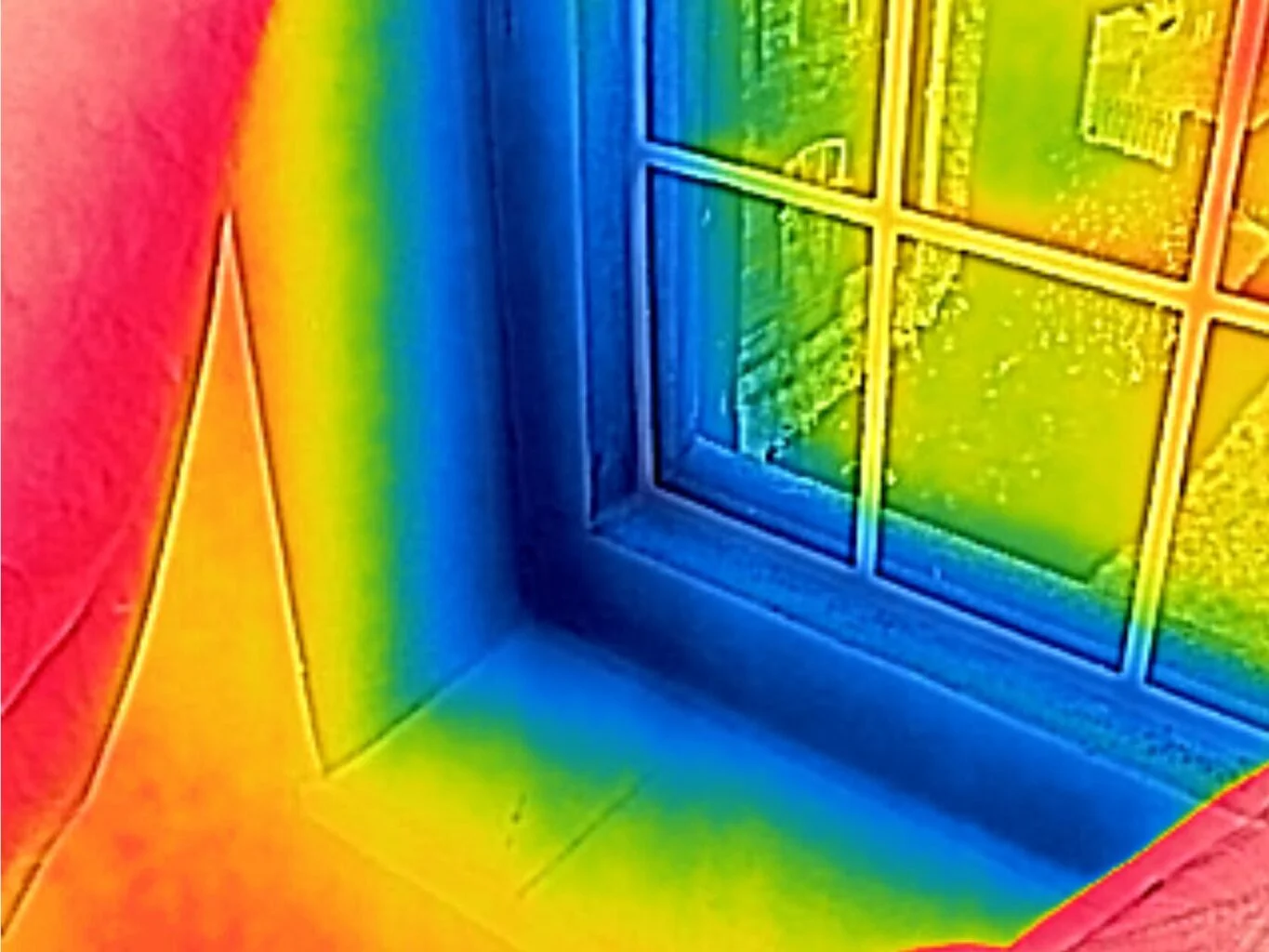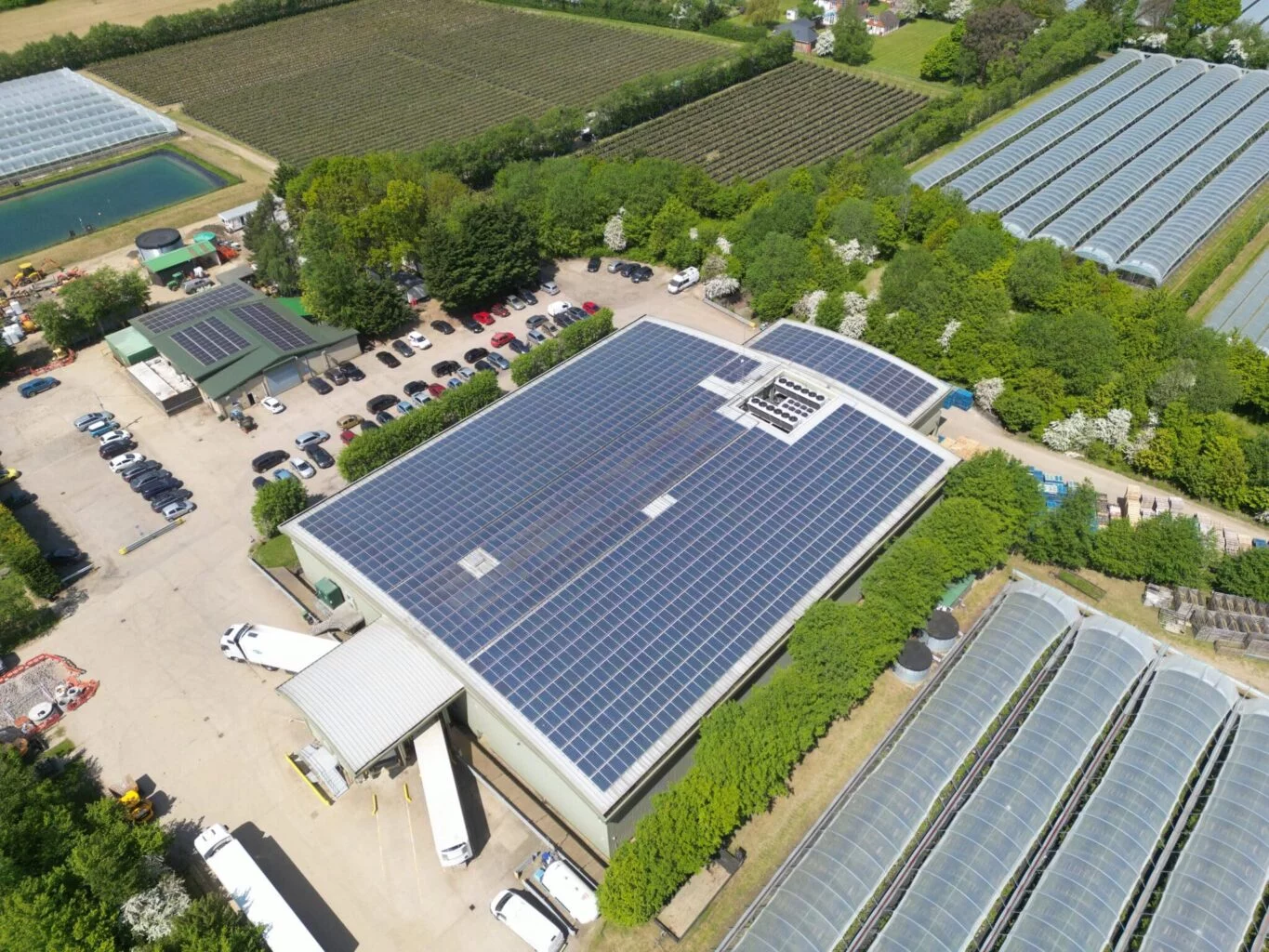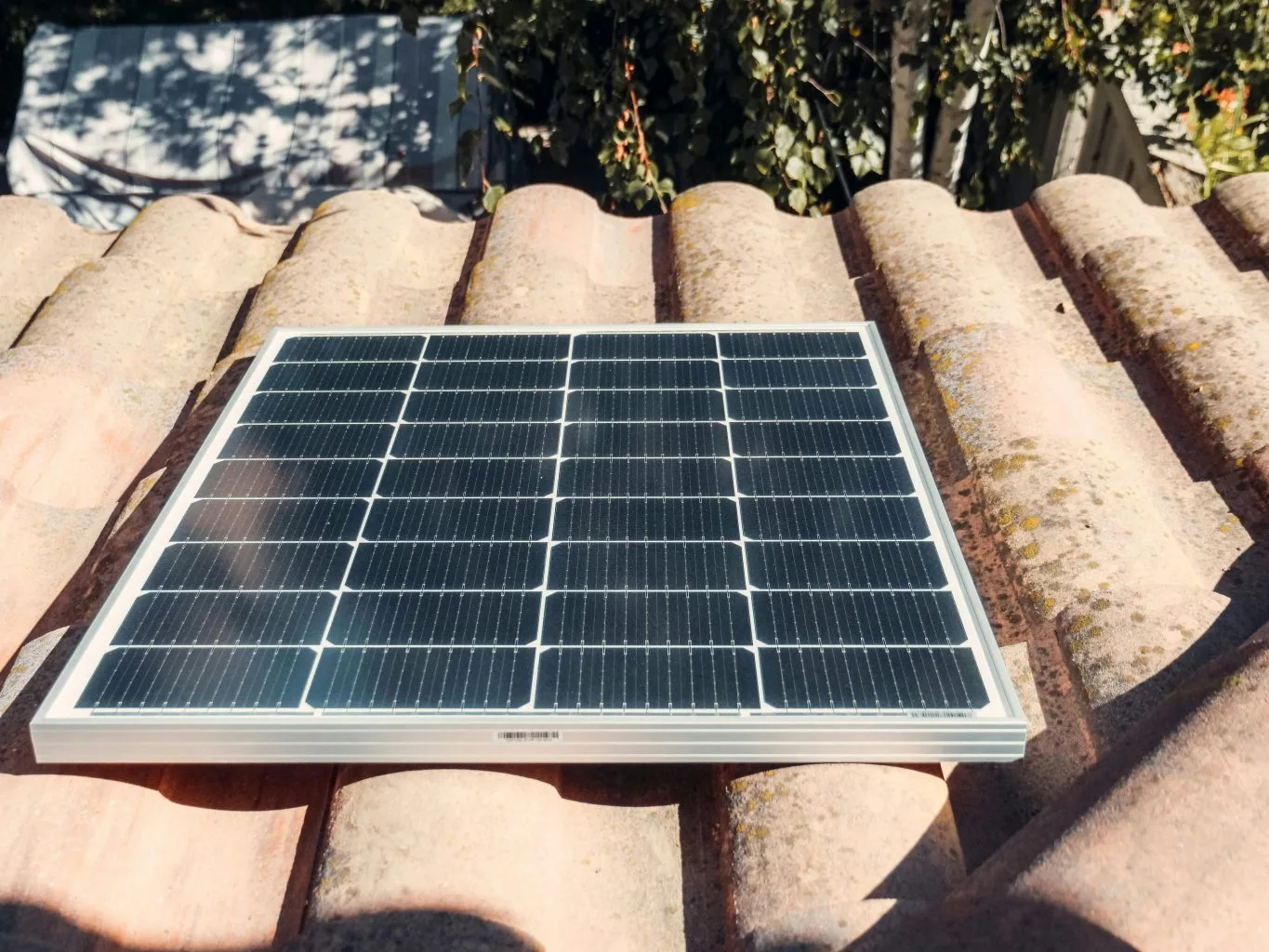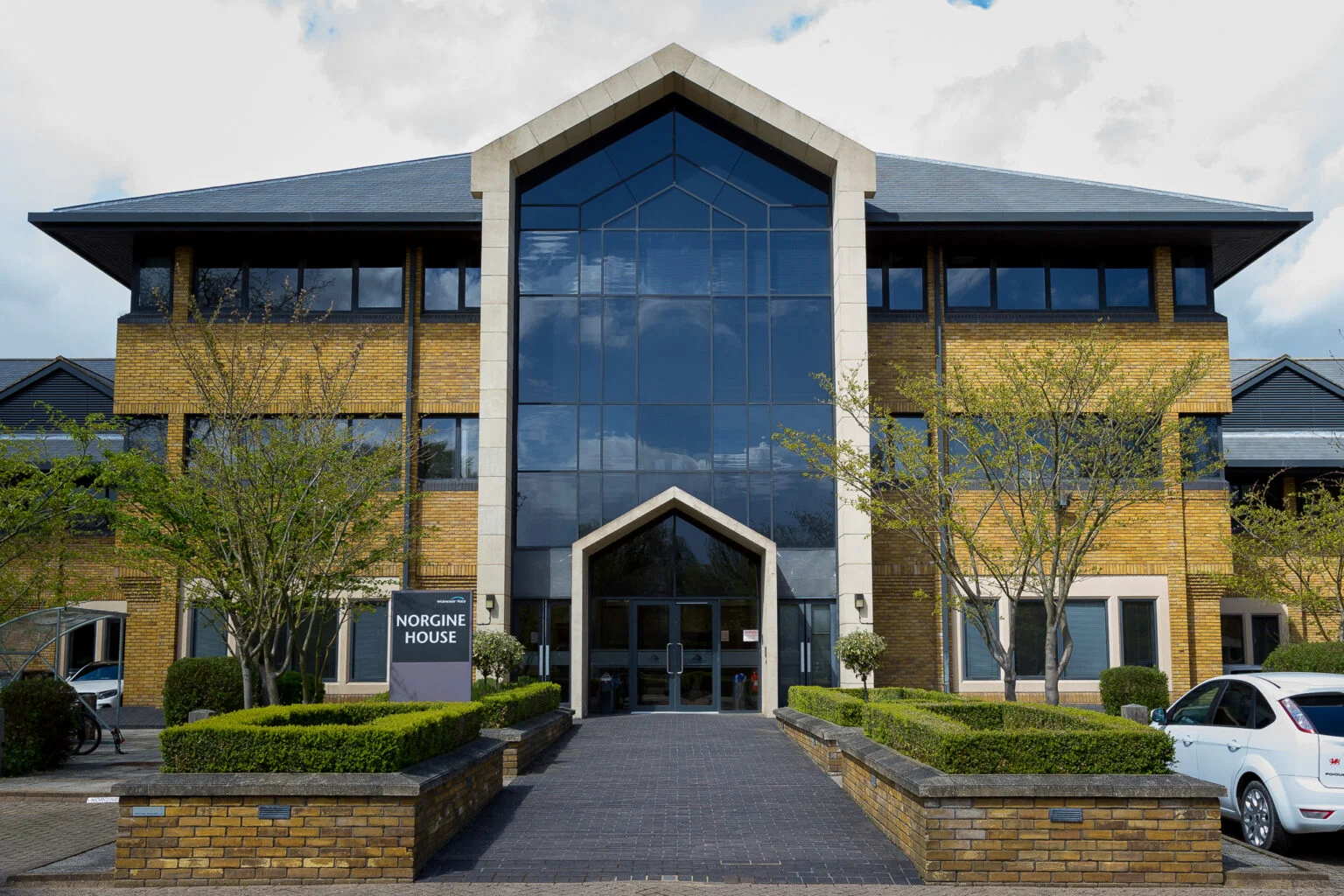Drone Media Imaging… Have a Question? Call us : 07463 297164
Have a Question? Call us : 07463 297164
All.
Certified CAA Operational Authority (OA) and Operational Safety Case (OSC)


get in touch.
07463 297164
info @ dronemediaimaging.co.uk
Located
Crawley, Near Gatwick, West Sussex
© 2016 - 2025 • built by chaosWEBS • All Rights Reserved • Drone Media Imaging is a trading brand of VisualChaos Stusios Ltd










